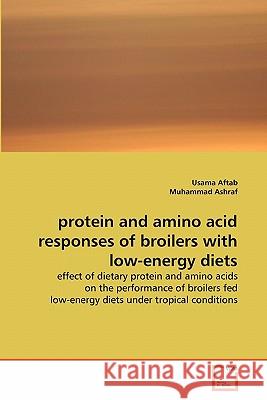protein and amino acid responses of broilers with low-energy diets » książka
protein and amino acid responses of broilers with low-energy diets
ISBN-13: 9783639236316 / Angielski / Miękka / 2010 / 144 str.
Energy is often considered as the start-point for least-cost diet formulation for poultry. Broilers have remarkable tendency to achieve certain gains for age, through modifying voluntary feed intake when offered an array of dietary energy. In this context, the decision regarding the optimum dietary level of energy seems merely a function of the unit cost of energy and the premium achieved in terms of improved feed efficiency. This implies that, depending upon the availability and price of feedstuffs, there could have been situations where low-energy diets could prove economically more attractive. In context of this somewhat unconventional scenario, it was realized that empirical evidence addressing the question that how the level of dietary protein and amino acids be adjusted when diets are to be formulated to contain low-energy is lacking. Present work highlights the response of broilers to graded levels of protein and amino acids in conjunction with low-energy diets and under the rearing conditions of tropical ambient.











